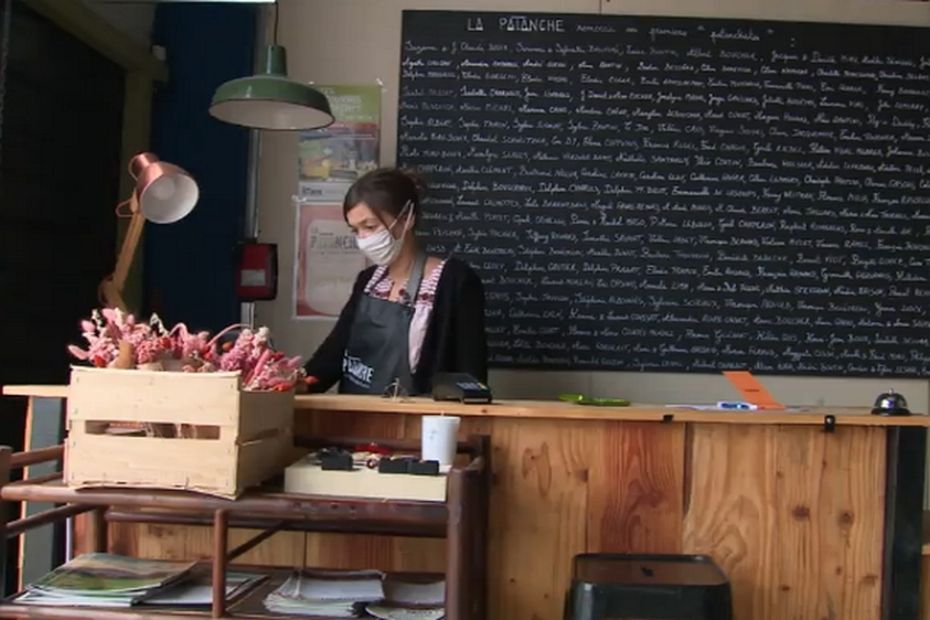March 17, 2021 | 5:00 am
Ecommerce registered a growth of 81% thanks to the confinement due to the COVID-19 pandemic, for which it generated a value of 316,000 million pesos.
This market value figure is equivalent to 9% of retail in the country, according to an estimate from the Mexican Association for Online Sales (AMVO).
However, as online transactions increase, online fraud also increases in the country.
We experienced this same tripling of ecommerce volume and at the same time we experienced four times as many fraud attempts. If sales tripled, fraud attempts rose four times
José Andrés Chávez, Co-Founder and CEO of Bayonet, told THE CEO
Victor Islas, CEO of Clearsale LATAM, commented in the framework of the next eCommerce Fraud Prevention Summit that reports in general indicate that 2.2% of online sales become chargebacks.
During the third quarter of 2020, there were 376,158 chargebacks on credit card purchases and 562,157 chargebacks on debit card purchases, according to figures from Banco de México.
BBVA is the financial institution with the highest number of chargebacks for both debit and credit card purchases.
A chargeback, according to Condusef, is a mechanism created to solve those charges that are made to a credit or debit card that are not recognized.
This means that for every 100 pesos sold in merchandise, businesses lose 2.2 pesos in chargebacks
Victor islands
In the third quarter of 2020, cyber fraud complaints grew 1% compared to 2019 and represent a higher proportion each year, going from 32% in 2016 to 69% in 2020, according to Condusef.
Although, specialists agree that there are hidden costs of fraud that impact even more on companies that sell online, especially in small and medium-sized companies (SMEs).
From January to June 2020, around 1,634 million card payments were made in traditional and electronic stores. Payments in electronic stores represented 15.2% of total payments, according to data from Condusef.
Of the total purchases authorized in electronic stores from January to September 2020, 30% correspond to credit cards and 70% to debit cards.
Non-fraud payment declines, higher cost for businesses
In Mexico, the difference is abysmal with other Latin American countries and even more so with the United States, according to Islas. 14.3% are declined due to fear of fraud, according to Islas.
The cost of these declines means losing new customers who are unlikely to return by not accepting their payment on their first purchase.
58% of these customers are probably not going to return to your site and those mean losses; It’s not just the cost of fraud, chargebacks, lost merchandise, but the cost of letting good customers go because these customers probably won’t come back.
Victor islands
Jorge highlighted four factors that impact even more than the fraud itself: losing the potential sale; the cost of acquisition in marketing campaigns is lost; lose the relationship with the client; and the negative publicity of not being able to buy.
“If fraud goes up, merchants get nervous, banks get nervous, processors get nervous. Many times payments are wrongly rejected, ”said Chávez.
Therefore, they agree that the challenge for the industry is not only to cancel online fraud transactions, but to avoid declining good customers. In the short term, they consider that the use of technological tools and prevention education could help.
–


